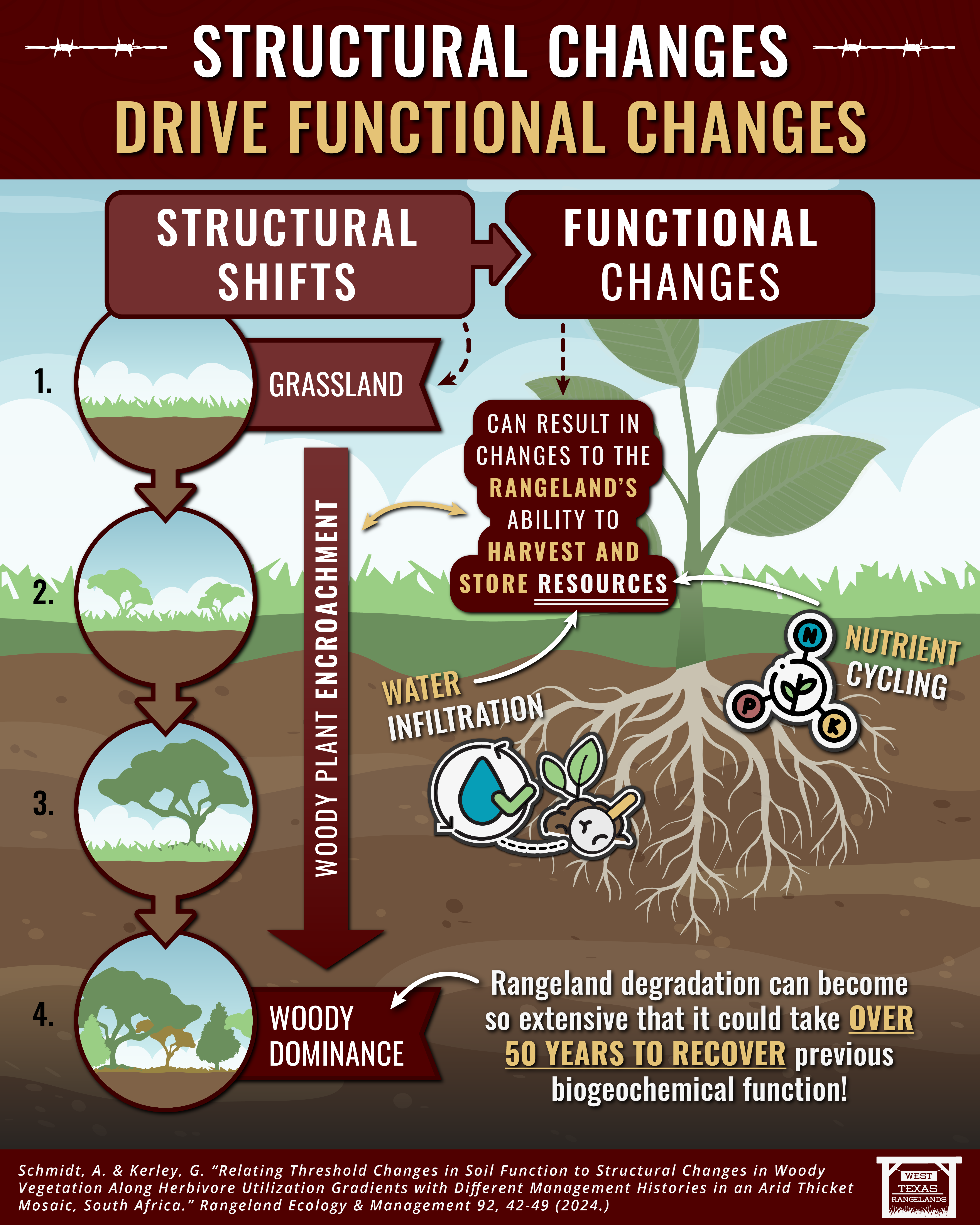 Rangelands, vast and vital, are more than just scenic landscapes. They’re complex ecosystems providing essential services, from clean air and water to livestock grazing and wildlife habitat. But these valuable areas face a growing threat: woody plant encroachment. This occurs when shrubs and trees increase in density and coverage, often at the expense of grasslands. While it might seem like a simple change in vegetation, the consequences are far-reaching, impacting everything from soil health to water availability.
Rangelands, vast and vital, are more than just scenic landscapes. They’re complex ecosystems providing essential services, from clean air and water to livestock grazing and wildlife habitat. But these valuable areas face a growing threat: woody plant encroachment. This occurs when shrubs and trees increase in density and coverage, often at the expense of grasslands. While it might seem like a simple change in vegetation, the consequences are far-reaching, impacting everything from soil health to water availability.
The study below sheds light on the profound impact of woody plant encroachment, revealing a startling statistic: severely degraded rangelands may take over 50 years to recover their previous biogeochemical function. This highlights the urgent need to understand the structural changes driving this degradation to effectively manage and restore these vital ecosystems.
As woody plant encroachment increases in grasslands and savannas, there begins an increase in structural shifts. Woody plants compete with grasses for resources like sunlight, water, and nutrients. As woody plants increase in dominance, they become the dominant vegetation, forming a dense thicket or woodland. In the final stage, woody plants occupy 100% of the canopy with sparse grasses and the landscape is completely transformed from the original structure with dominant native, perennial warm and cool season grasses.
These slight structural changes then lead to significant functional changes in the rangeland’s ability to harvest and store resources. With the shift in plant composition, all ecological processes are significantly altered. Woody plants often have higher carbon-to-nitrogen ratios than grasses, which can slow decomposition and nutrient availability. Woody vegetation also intercepts rainfall reducing the amount of water that actually reaches the soil.
The study’s most alarming finding is the potential for a 50-year recovery period. This underscores the severity of the impact and the need for proactive management. Once rangeland is severely degraded, simply removing the woody plants may not be enough to restore its former function. The soil’s biological and chemical properties may be so altered that it takes decades for the ecosystem to regain its previous balance. By understanding the structural shifts that drive functional changes, we can work to protect these valuable ecosystems and ensure their stability and productivity for generations to come.
For more information on the study, be sure to check it out here!